The LVVTA certification process ain’t as scary or hard to follow as people let on. Here’s a look at what a bunch of modifications require
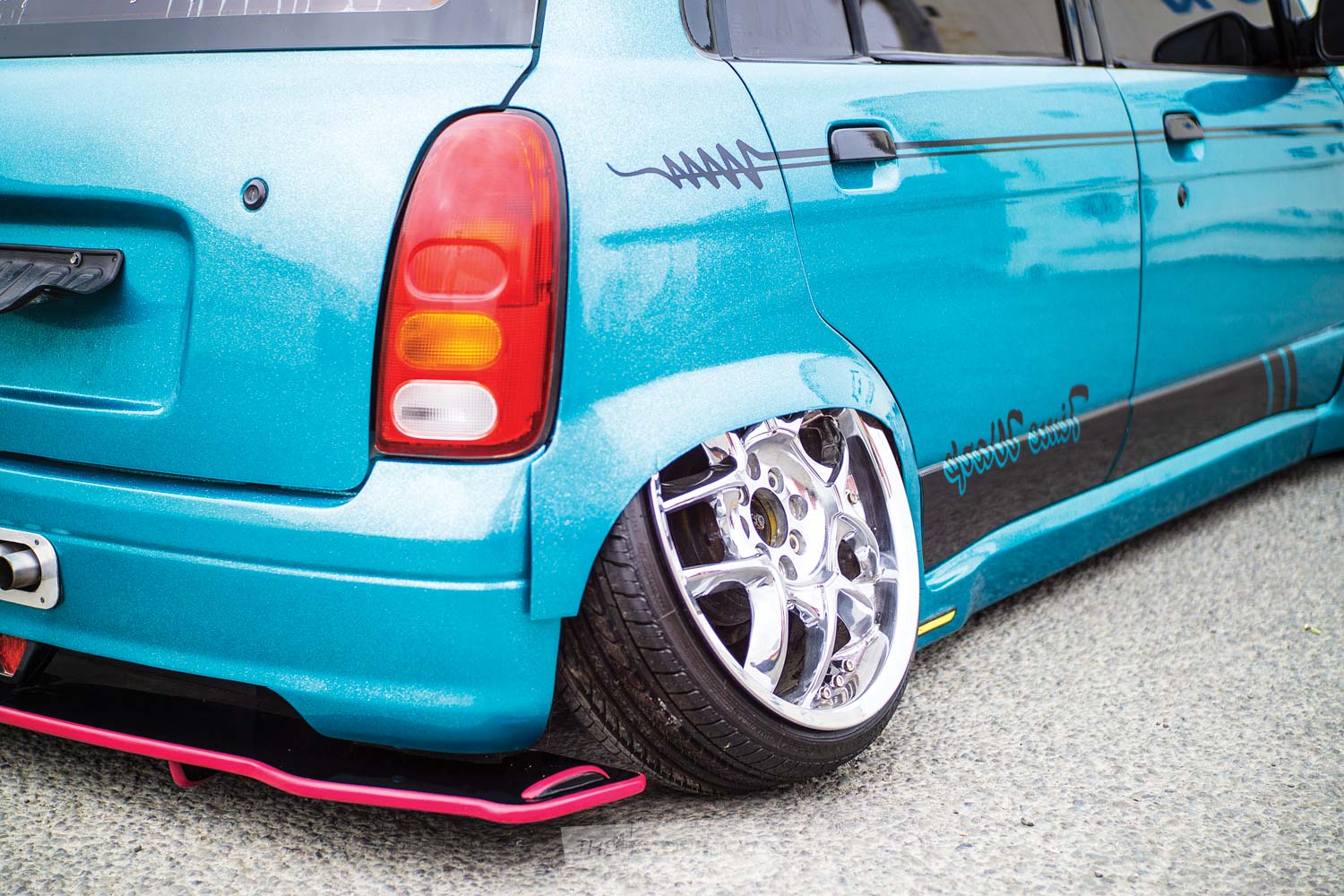
Life is all about finding the right balance. Too much or too little of a good thing is going to cause issues, and it’s no different when modifying a car. We have it pretty damn good here in the grand scheme of things, I mean, sure the Americans can basically slap a deck chair onto a bare chassis, pay their smog tax and insurance, and hey presto you’re rolling the freeway like a maniac — but that ain’t safe and there are many, many documented examples of this pure disregard for safe modification practices going wrong. On the flip side of that it only takes one look at our neighbours across the ditch to see what an overly regulated system looks like, one where you can’t even breathe in the general direction of your car in case the moisture were to unintentionally modify the car’s state and see your ass defected.
So with us having it so good, it’s easy to forget that when it comes to getting your car certified, that you aren’t going up against Johnny Law in a battle of your ‘rights’, and the ladies and gentlemen of LVVTA are simply there to make sure that you CAN modify your car whatever way you see fit, in a safe and reasonable manner. To do this, they’ve spent the better part of 25 years constantly developing and refining the rules and regulations in the Car Construction Manual (formerly known as the New Zealand Hobby Car Technical Manual) — the bible of how to get your mods street legal.
To save you burning brain cells trying to understand the full extent of the technical know-how found within, we wrangled together a handful of the guys who are on the frontlines giving your car the nod or shake come cert time and asked them what a few of the common and more involved modifications require.

Can any certifier carry out any level of certification?
Roy MacDonald from Roy MacDonald Automotive explains: “There are different levels to what a certifier is qualified to certify. Not everyone has had suitable experience across the board with everything that the job requires. For example, one may have done lots with lowered cars but not so much with scratch-built vehicles. It’s dependent on the certifier’s experience in the industry and what training through LVVTA they have completed.”
“A 1A qualified certifier can carry out certification on things such as engine and drivetrain conversions that do not require structural modifications to the chassis, subframe, or suspension cross-members, and the engine must be in the original location. They can also certify things such as wheels and tyres, and minor suspension modifications that don’t change the geometry, are not structural, and don’t include airbag or hydraulic applications.”
“Whereas with a 1B qualification the certifier is able to look at all seat design, construction, and installations, including stressed seats, as well as seat-belt anchorages, and frontal impact protection system modifications.Then you step up to 1C, which is required for cars that have any structural body modifications and all chassis and subframe modifications.”
“From there you have 1D for all advanced and scratch-built vehicles. A 1D qualified certifier is able to sign off design and construction of custom-built suspension systems, steering systems, braking systems; and the repositioning of an engine, gearbox, or diff, along with major modifications and complete substitution of chassis or sub-frames. And it goes on from there into motorcycles, trikes, disability, electric vehicles, right-hand drive conversions, etc.”
What would you say is the most common incorrectly carried out modification that you see?
Roy MacDonald from Roy Macdonald Automotive explains: “That will probably still be the lowered suspension stuff. In the past we’ve had vehicles arrive sitting on the bumpstops, and when jacked up, the springs fell straight out of them. It has definitely become better over time, but you still see things like incorrect spring rates for the car, not enough or too much travel, cars sitting on, or too close to, the bump stops, and the ongoing issue of suitable ride heights.”
“It simply comes down to someone not having the right experience setting up their car, and fortunately, doesn’t take much time or money to fix (within reason). Of course, this is one of our major concerns as a safety authority, as if your car isn’t handling correctly, or handles dangerously, it can cause serious or fatal injuries.”
Roy MacDonald
Roy MacDonald Automotive
03 488 5657
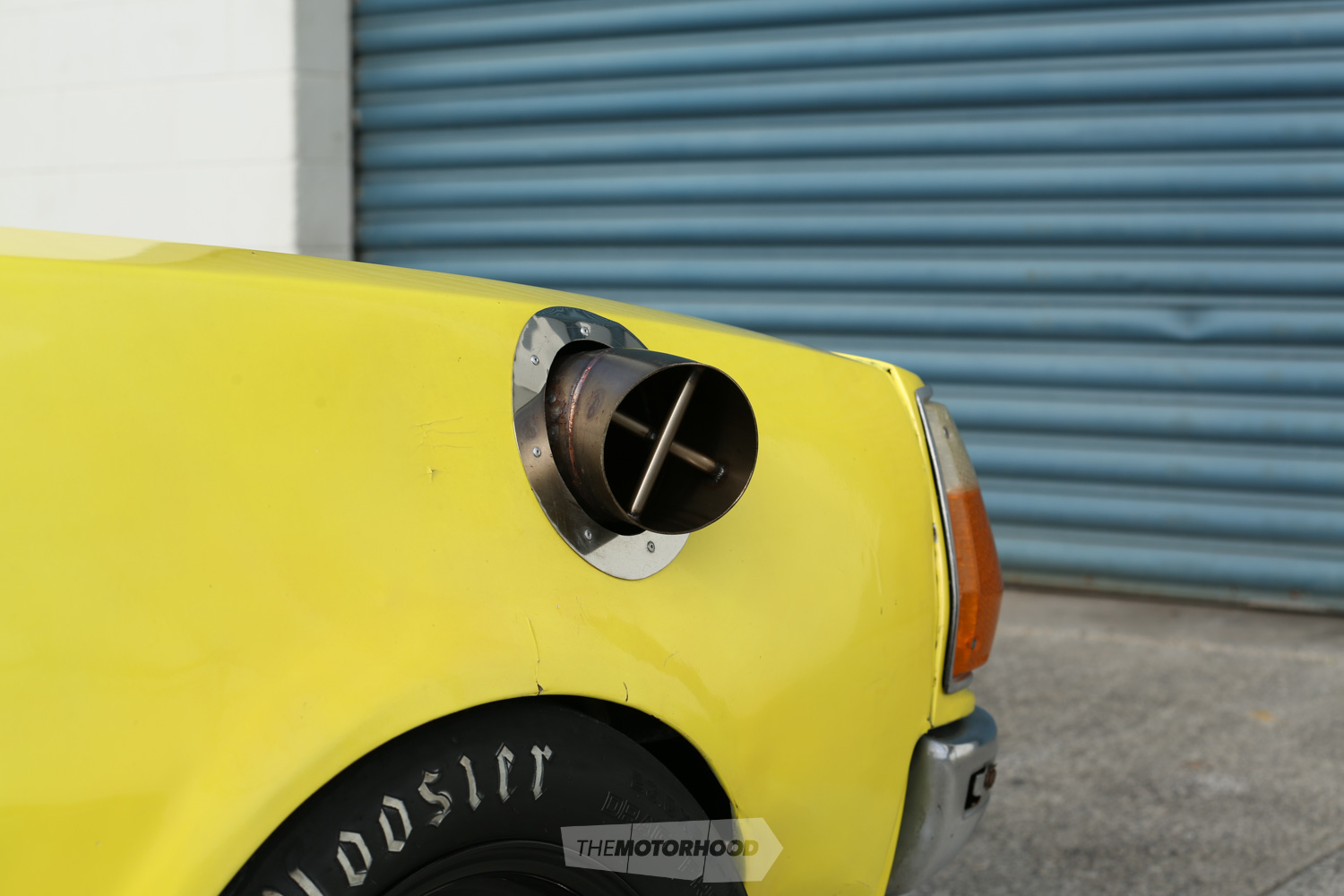
When carrying out an extensive build, when is the ideal time to get the certifier involved?
Peter Watson from PW Cert Ltd tells us: “The ideal time for anyone modifying a car to get the intended certifier involved is from the word go. Even if it’s just to chuck ideas around and discuss all the little things you can and can’t do. If the car is quite heavily modified, there could be two or three further inspections for the certifier to look at what has been done while it’s still viewable. Once it has been ‘finished’, you’ll then complete a final inspection.”
“However, in reality, it’s quite often that the first time you know someone has modified a vehicle is when they call you and say that they can’t get a warrant of fitness because they have modified their car and it hasn’t been certified. The problem then is that when you turn up to get it certified, depending on the extent the car has been modified, you have to go 10 steps backwards just to make sure the work has been completed correctly.”
“When a car has been assembled, it’s hard to see what has been done. Things like seat and belt anchorages, or people welding where they shouldn’t have. This can result in the car having to be half-stripped and modifications redone if they don’t meet the standards. If you ask the question at the start, you’ll get the right answer.”
Is it possible for anyone to carry out structural welding on a chassis, and what is the process for having your welding tested?
Peter Watson from PW Cert Ltd tells us:“While there are provisions within the certification requirements for anyone to undertake welding on their vehicle, the person must be able to prove they are competent with the welder. There’s a test that a person can do wherein they create samples of their welding. However, I often steer people towards a professional auto welder as there are a number of things to consider, such as identifying what you’re welding to, as some components are made out of high-tensile material, and some of those you can’t, and shouldn’t, weld to. Older vehicles are generally fine to do structural stuff with; it’s when you start getting into later model Japanese and European cars that it’s a totally different kettle of fish.”
“As for testing those welds, any structural or critical component, such as suspension and brakes, are required to undergo non-destructive testing [crack testing]. When you’re welding, cracks may be created within the weld, and if they are not properly prepared or welded, you can run into a number of issues that affect the strength of the weld. It’s a disaster waiting to happen. There are a few organizations that specialize in doing crack testing, and with the way the industry is going at the moment, most people don’t need to worry about this because off-the-shelf approved products are much more available than they were around 10 years ago.”
Peter Watson
PW Cert LTD
027 234 0580
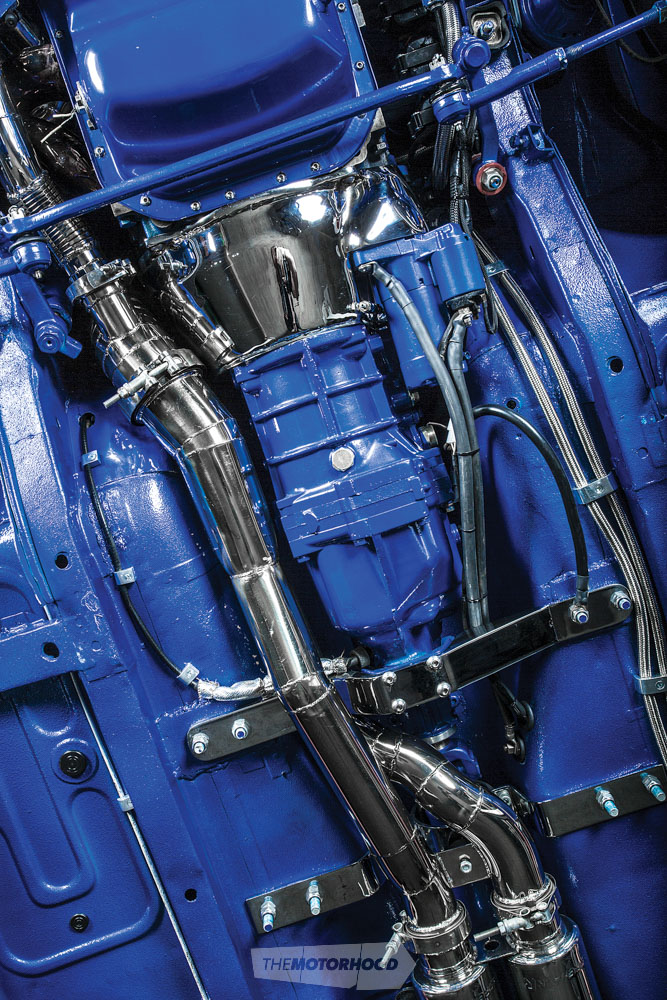
To what extent can you change suspension geometry and mounting points, and what should you consider when doing it?
Noel McMillin from Nostalgia Motors says: “It’s a very broad area of modification as each individual component serves a different purpose within the complete set-up and has requirements that pertain to that component. But a simple answer to the question is yes, it can all be done.”
“Things like an independent front suspension (IFS) conversion kit that has been previously approved is easy, as they have been tested to meet the standards. When you’re fabricating your own arms and subframes etc., they need to be tested for strength and to ensure that whoever welded them is competent enough to be doing that work. Then you’re looking at things like ball joints, bushes and bolts that are the right tensile strength being suitable for their application.”
“You don’t tend to see a lot done incorrectly these days as people have already solved an issue before presenting the car for final inspection because they get the certifier in earlier in the build to advise on how to do things. You’re looking to get it within wheel alignment specifications, with suitable mounting points, and checking for bump steer.”
“At the end of it, it’s not a simple as saying ‘just do this’ as each component factors into another and everything has to be correct for it to work. All these top manufacturers spend millions on R&D to perfect the design and most of us are doing it in our backyards, so it pays to check what needs to be done with your certifier before doing it.”
When installing airbag suspension, what needs to be done to ensure they’re safe?
Noel McMillin from Nostalgia Motors says: “It’s important that the airbag(s) meet the correct specifications and are an approved type for automotive use. And you have to make sure that the ones you intend to use are the right load rating for the vehicle, otherwise they create a danger from overloading.”
“Likewise, some designs have internal bump stops, whereas others do not and these may be fitted to the body as with more traditional form of suspensions. The main thing here is that if the bag does fail, the vehicle is still driveable. You don’t want to be driving down the motorway at 100kph and have the front end drop causing you to lose your steering because the guards are rubbing on the tyres.”
“There are also rules surrounding adjustment of height while the vehicle is moving. Basically, anything but stationary is a no-go for adjustment manually and must be inoperable as you can lose control of the vehicle pretty easily. And if you have an automatic ride-height return programmed into your system, it must be at full ride-height before reaching 20kph.”
Noel McMillin
Nostalgia Motors
07 846 1623

Can a tube-frame front- and/or rear-ended car be certified for street use and what is taken into account in regard to impact standards?
Scott Tristram from Fraser Cars explains: “The standards vary depending on what car you’re looking to modify. For example, if your vehicle needs to meet frontal impact standards, going and cutting off the front end and making a new one is going to be a no go. The general rule of thumb here is that you’re going to struggle with any car newer than 14 years old as it will fall under those frontal impact standards. Prior to that, you’ll usually be ok, however we suggest asking your certifier before undertaking any work as some manufacturers changed their practices at different periods and that will affect what you can and can’t do.”
“For those building a car for motorsport purposes, there are provisions in place that allow you to change those frontal impact standards on new vehicles by obtaining an exemption authority card from MSNZ. These are issued with the intention of the vehicle being used primarily for motorsport purposes and still need to meet the requirements set out within the certification standards.”
“As for material, we’re looking for there to be no more or less strength put back into the car. This will usually be fabricated out of roll-cage tube and we look out for a change in suspension pick-up points to ensure they are adequate to take the load, whether they have been put back to factory spec, or will require further testing to check for safe bump steer, suspension travel etc., so as not to make it worse than factory.”
Do the rules allow for fibreglass doors and roof panels to be used, and what other supporting modifications are required to do so?
Scott Tristram from Fraser Cars explains: “Again, these will depend on what vehicle is being modified. If the vehicle was fitted with side-curtain airbags from factory, you’ll struggle to engineer a fibreglass door that can support such force. Those doors that don’t have airbags can be made to work. Usually, this involves creating internal strength within the door between the latch and the lock so that in a crash the door doesn’t swing open unexpectedly.”
“Likewise with the roof; it is judged on a case-by-case basis. Some vehicles will have a strong roof structure without the roof skin itself, whereas others will rely on it to add support to the A, B, and C pillars. This isn’t your most common form of modification and is usually found on cars looking to drop weight in motorsport, however, we apply the same set of rules regardless of what the vehicle may be used for.”
“If you’re clever enough and able to have the structure tested to the required standard, there are ways ‘around’ the prescribed requirements. For example, there is nothing saying you can’t make a pure carbon-fibre door engineered and tested so that the locks and latches meet the load rating in the standards without the use of steel. You just have to go through the testing process and have proof that they meet it.”
Scott Tristram
Fraser Cars
09 482 0071
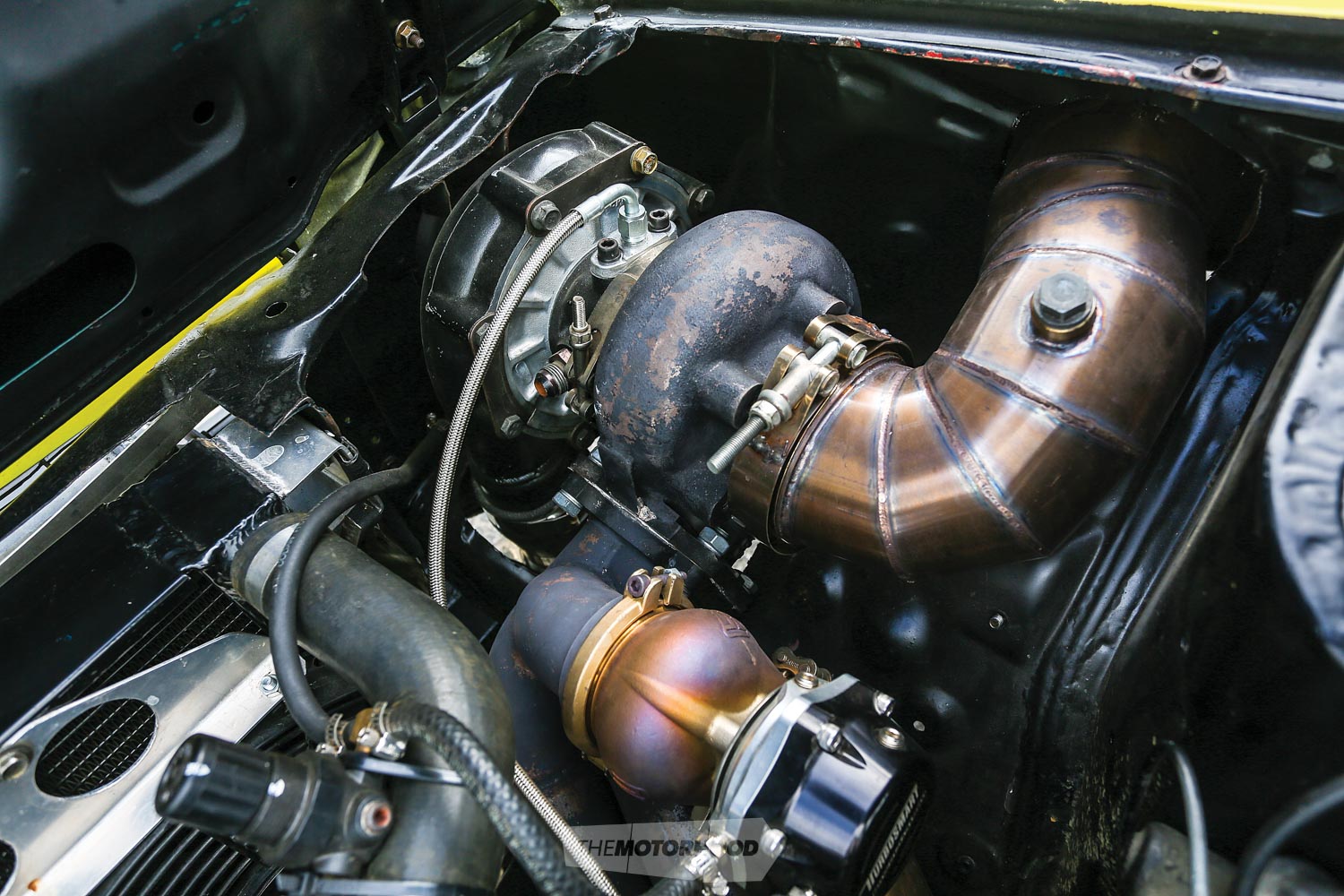
Can you fabricate your own engine and gearbox mounts for engine conversions?
Julian Cheer from Julian Cheer Certification Ltd says: “Firstly, any fabricated engine mount must be constructed in a tradesman-like manner, showing competent welding and fabrication skills. A mount is generally made out of 6mm flat steel cuts, and depending on where it is attached to on the subframe, you will either need to plate the full height of the chassis rail or rails, or ensure that if attached to the subframe there’s enough structure there to change the mounting point.”
“It pays to use a locking rubber mount design, which is designed so that if the rubber were to fail, the engine is not able to drop and interfere with the steering system. Some of the old stuff use a simple ‘cotton-reel’-type mount that doesn’t have any form of secondary containment, and you’ll require a strap constructed out of 50mm x 5mm flat steel to catch it if it were to drop. Similar rules apply to the gearbox mount; however, you don’t need a locking rubber mount or strap as a cross member goes under the transmission anyway.”
“It’s important to note that if you intend to solid-mount either the engine or the gearbox, that both components need to be solid-mounted, otherwise one wants to move while the other does not, which can cause a bell housing or other critical failure.”
What are the rules surrounding bonnet protrusions in the form of turbos and superchargers?
Julian Cheer from Julian Cheer Certification Ltd says: “You are allowed some protrusion from the bonnet, however, because of vision, if the protrusion is affixed too high, there are concerns surrounding impaired sight of pedestrians and other vehicles. For example, in a right-hand drive vehicle fitted with a large scoop, supercharger, or turbocharger, optimal vision may be reduced when turning left and looking over the width of the bonnet.”
“Whether a protrusion is deemed acceptable or not is determined by a simple equation. Measuring the windscreen to half the height and half the width to find the centre, a protrusion that is 250mm or less in width must not protrude above a straight line from the centre point to a point at ground level 15 metres forward of the front of the vehicle. As the protrusion increases in width, the ground-level point moves closer. For example, for a protrusion between 250mm and 400mm in width, the ground-level point is 12 metres forward of the vehicle. Likewise, if the protrusion is 400mm or more, the ground-level point becomes 8 metres forward of the vehicle.”
“It pays to consult with your certifier before cutting anything to make way for a protrusion as it may not meet the legal requirements.”
Julian Cheer
Julian Cheer Certification Ltd
027 607 4969
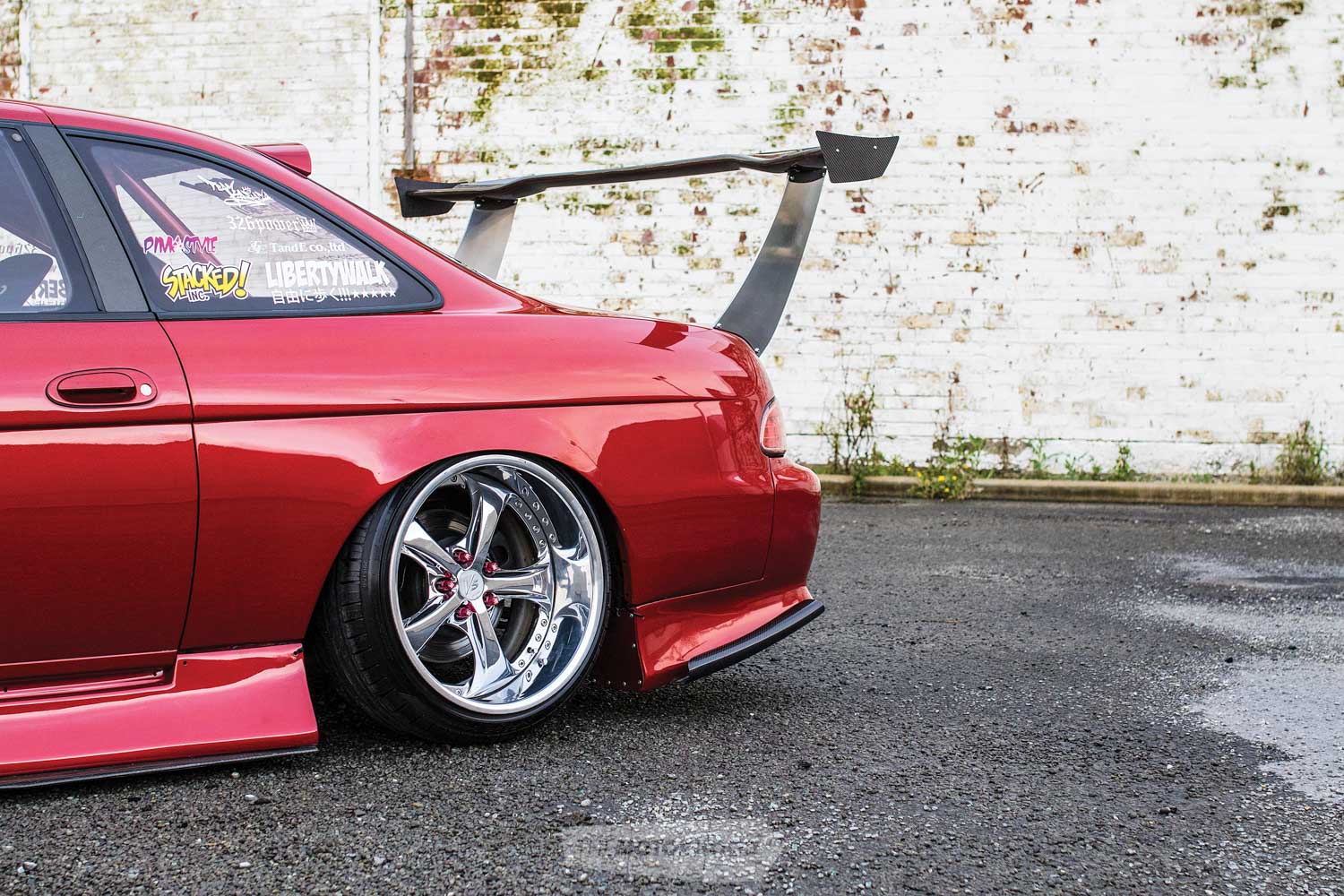
How does cutting the firewall and trans tunnel affect the structure and what needs to be considered when doing this?
“Modifying the firewall and trans tunnel is fine so long as you correctly add strength back into the car and fully weld it. It will vary from car to car; for example, many semi-monocoque cars have bracing through the firewall that you have to reinstate, wheres on a full body-on-chassis car it isn’t as reliant on structure — although it still needs to be no worse than factory spec.”
“The same goes for the trans tunnels. Often, to fit bigger gearboxes, modifications to the existing tunnel or fabrication of a full new tunnel is required. The main thing here is to look for any strengthening in the existing tunnel and re-strengthen that area how it was, or put it elsewhere to achieve the same strength. For example, the old Cortinas have a brace underneath the tunnel that could be removed and redone on top of the tunnel.”
“In terms of size and shape, you can move the firewall right back if you wanted. You just need to remember that any part of a firewall, gearbox tunnel, or other structural section of the vehicle that has been cut or removed has to be adequately re-strengthened.”
When tubbing the front and/or rear wheel arches, what rules need to be followed?
“It’s a very similar principle to what we talked about above: removing any structural element of the vehicle means that it must be adequately re-strengthened. However, it does differ in the sense that those modifying their wheel arches to this degree will likely affect the mounting points of their suspension, and this can cause a whole new bag of issues come certification time.”
“If it’s a body-on-chassis car, you don’t even need to have inner guards; they simply keep outside contaminants from filling your engine bay — the vehicle doesn’t rely on them to provide structure. Whereas in a semi-monocouque car, the wheel arches are tied into the structural integrity of the vehicle with the chassis rails etc., meaning that if you were looking to remove them — say for height clearance when lowering a vehicle or turning angle clearance — you need to add strength back in to compensate.”
“I find that most of the cars that have had the wheel arches removed have been compensated with a solid tube-frame front, which then takes the load the arches would have provided the vehicle. If you know how to correctly weld and have triangulated the work correctly, you needn’t worry come cert time.”




